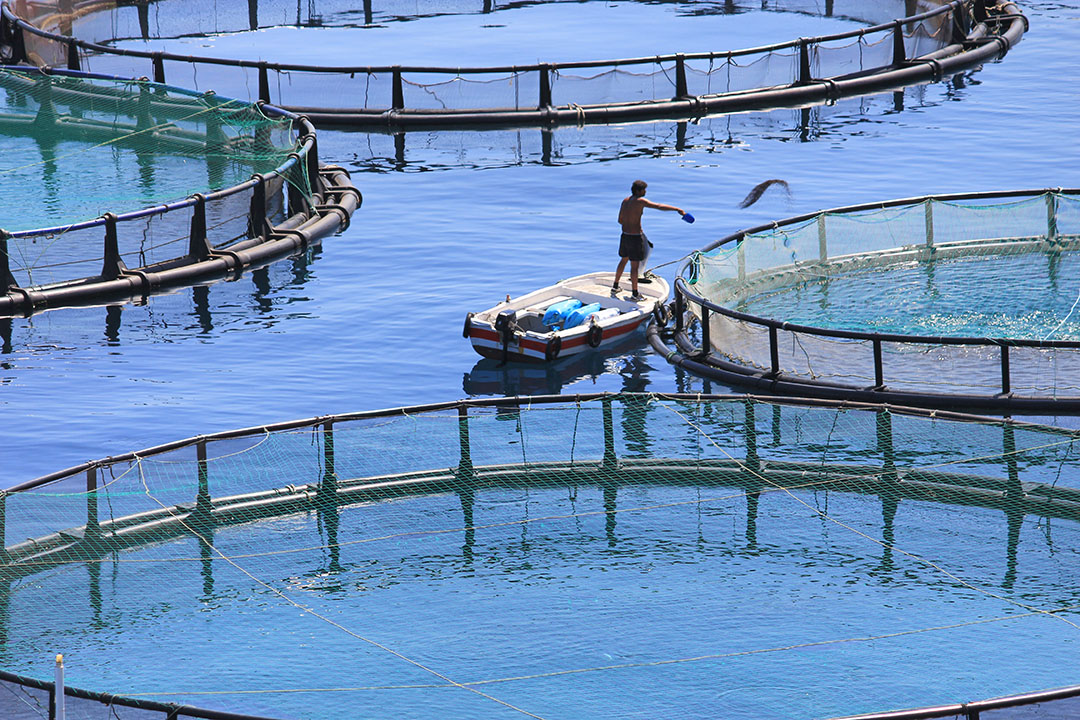Mixing technology to handle ‘soup’

Since ancient times, we humans have used animals as a basic technology to convert cheap, plentiful botanical biomass into high nutritious foods. Assuming that people will reduce their consumption of the animal-based proteins is unrealistic, so we need to look at how we can make the production of animal protein as efficient and sustainable as possible.
If we look at aquafeed for example, the goal is to reduce the dependence on fishmeal, made out of wild fish. This means that the negative impact on the environment and pressure on land and water by manufacturing the fish feed needs to be decreased. This can be done several ways. One of them is the use of biotechnology that can convert proteins from yeasts or microalgae. However, the drying process of such aqueous biotechnological processes requires tremendous amounts of energy. The best-known commercial solution until today is to not dry but to add up to 30% of this ‘soup’ of wet materials to other raw materials included in the fish feed directly in the extruder. Adding more than 30% is not recommended, as this would influence the viscosity of the feed matrix and thus decrease the cooking effect. If this soup is added into the twin-shaft-paddle-mixers the upper limit is about 25% due to lump formation and caking effect.
IsDeCa: Mixing technology
To make use of these type of new ingredients, the Norwegian Center for Feed Technology has patented a new mixing technology called IsDeCa, which also includes a prototype of the machine. This device can be used to add up to 65% of liquids without having a negative effect on either homogeneity or lump forming in the feed-mash. The final moisture content of such a feed-mash prior to extrusion can reach 75%, and without any lumps, yet with optimal feeding flow to the extrusion preconditioner. In such a way, there are no obstacles to create an optimal and sustainable fish feed pellet with decreased clean water usage during the extrusion process. By adding microalgae and yeast, as the aqueous raw materials, less plant and animal protein would be used and thus less arable land dedicated for the fish feed. This in turn also reduces the greenhouse gas emissions derived from the feed manufacturing process.
From a raw material perspective, there are startups trying to use the new technical solutions for developing premium quality nutrients.
- KnipBio-USA, for example, uses microbes to convert low quality feedstock into valuable pigment-enhancing fish feed.
- EcoGea-Slovenia is using marine algae to produce prebiotics.
- Hipromine-Poland has a technology to produce insect meal while limiting waste to zero and develop high-value protein for the fish feed and coproducts for the plant nutrition and biopolymer industry.
It is good to see that the fish feed manufacturing is taking its responsibility to make fish feed more sustainable.











